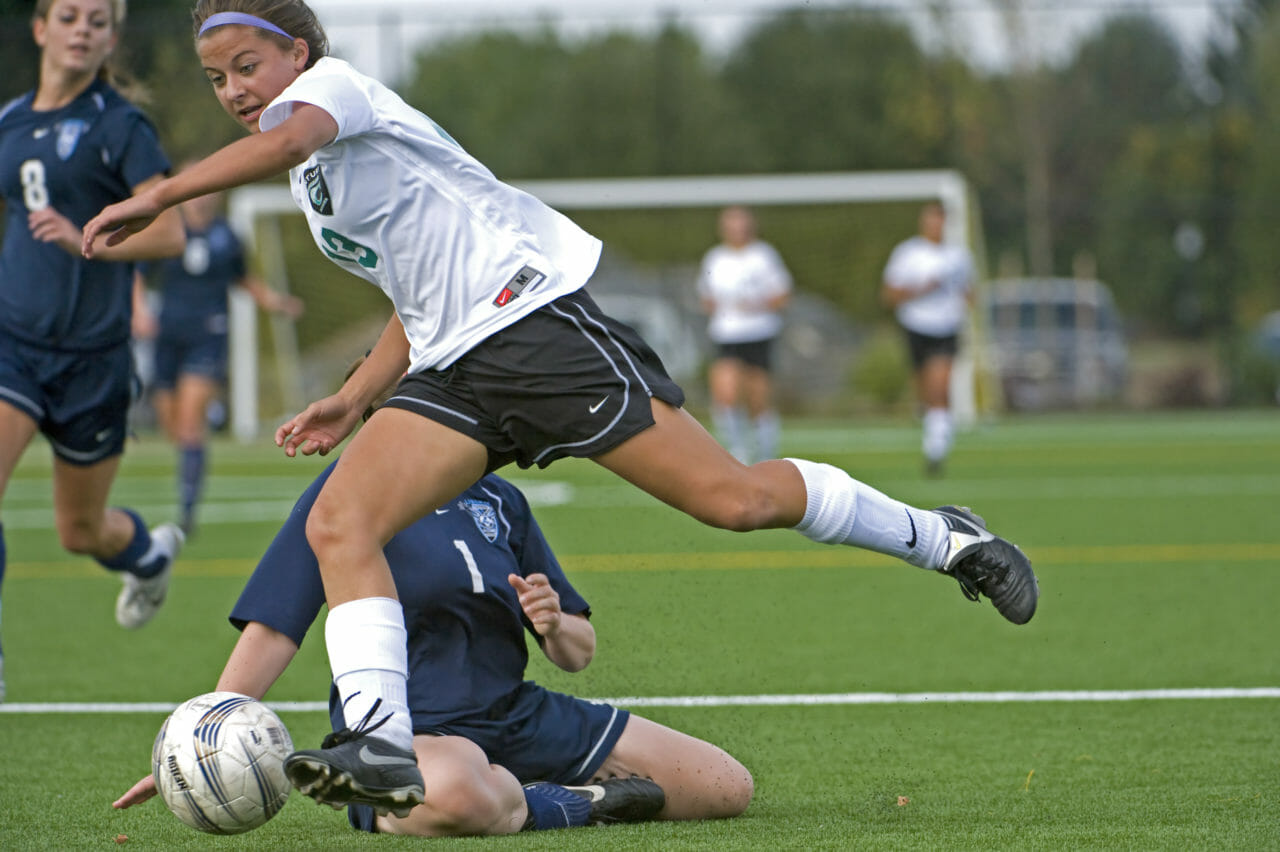For those of you who are actively involved in a sport, it’s important to understand your risk for getting injured. Regardless of what sport you participate in, there will always be some degree of injury risk, and the injuries that are most common depend largely on the fundamental movements of that sport. For athletes involved in sports that require lots extending the leg and bending the hip are at an increased risk for hip injuries, and issues like labral tears are actually becoming more common in certain sporting populations. Fortunately, our New York City physical therapists see these injuries often and can prescribe a comprehensive treatment program to address them.
The hip is a ball-and-socket joint in which the “ball” is the top of the thighbone (femur) and the “socket” is the pelvic bone (acetabulum). Both the femur and the acetabulum are covered with smooth articular cartilage that protects the bones and prevents them from rubbing against one another. Another piece of cartilage called the labrum surrounds the hip joint and adds to this protection around bones while also providing a suction seal and stability to the hip.
Labral tears occur when the labrum is damaged from being pulled too far away from the socket. These tears may result from a traumatic incident like a fall or an accident, but in most cases they’re considered overuse injuries that are caused by repetitive motions of the hip joint. Athletes in sports like soccer, football, ice hockey, long-distance running and even golf are at an elevated risk for labral tears due to their mechanics.
The most common symptoms of a labral tear include pain in the hip or groin, stiffness and a catching-like sensation in the hip. In many cases, labral tears actually don’t lead to signs or symptoms, but when they do, it can seriously interfere with your ability to function normally and participate in daily activities and sports.
What our New York City physical therapists can do for your labral tear
While a labral tear might sound serious, the truth is that most of these injuries don’t require surgery and can be effectively treated with a targeted course of physical therapy. After evaluating and diagnosing your problem, our New York City physical therapists will then develop a personalized treatment program that aims to reduce your symptoms and improve your overall function. A typical treatment program will consist of:
- Recommendations for rest and limiting or temporarily stopping participation in whatever sport caused the injury; icing the injured area is also helpful
- Muscle-strengthening exercises that focus on the muscles of the hip, as well as the core and leg muscles, since they also affect the functioning of the hip
- Manual therapy, in which the physical therapist will gently move muscles and joints to decrease pain and improve motion and strength
- Movement re-education, which will include self-stretching techniques to help restore normal motion of the hip, back and legs; we will also offer advice on stretches to avoid, like passive stretching, which can be damaging to the hip
- Functional training, which will be based on the fundamental movements needed in your sport and focus on transitioning you back to the court or field
No athlete wants to be sidelined with an injury any longer than is necessary, but the amount of time you’re out has a great deal to do with what type of treatment you receive. Physical therapy is a proven way to help athletes recover as quickly and safely as possible with the most effective treatments available. So if you’re dealing with hip pain that may suggest a labral tear, we strongly advise you to see our New York City physical therapists for an evaluation and treatment program that will rapidly propel your recovery. Contact Dynamic Sports Physical Therapy at 212-317-8303 to schedule an appointment and get you started on your path to success today, or click here for more information on labral tears.

